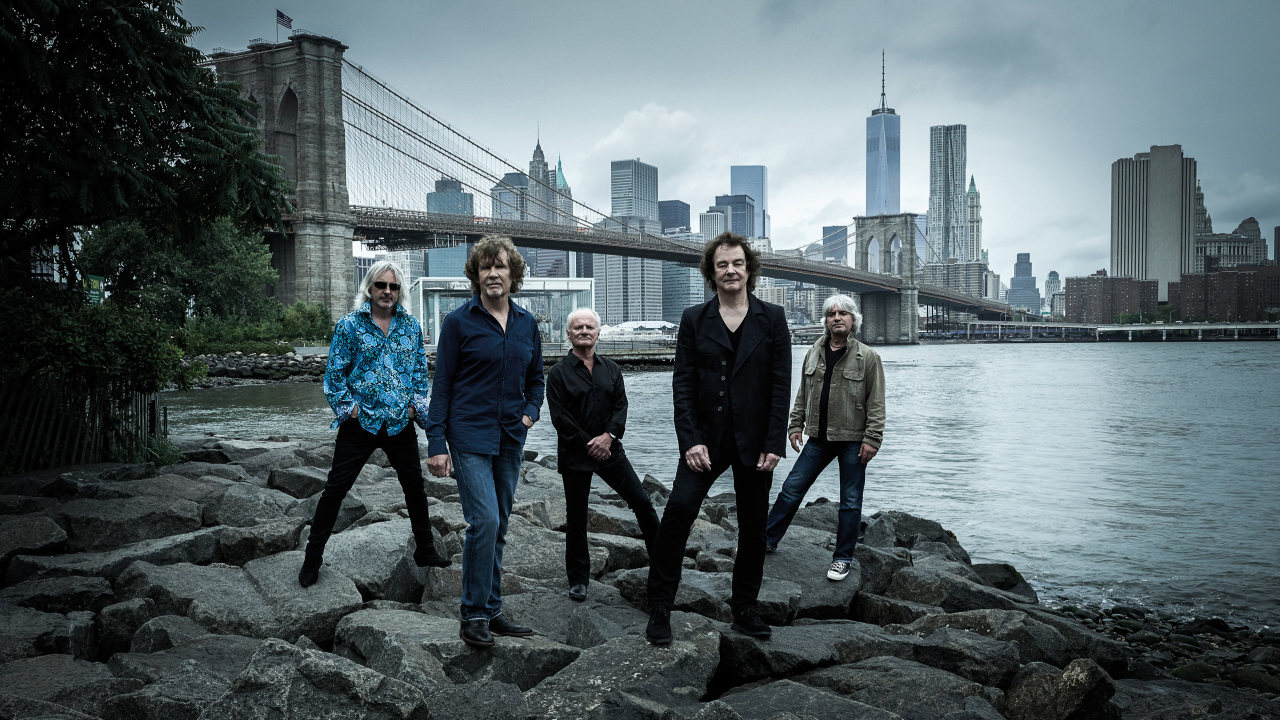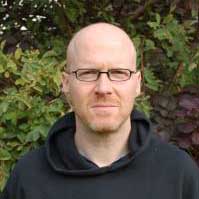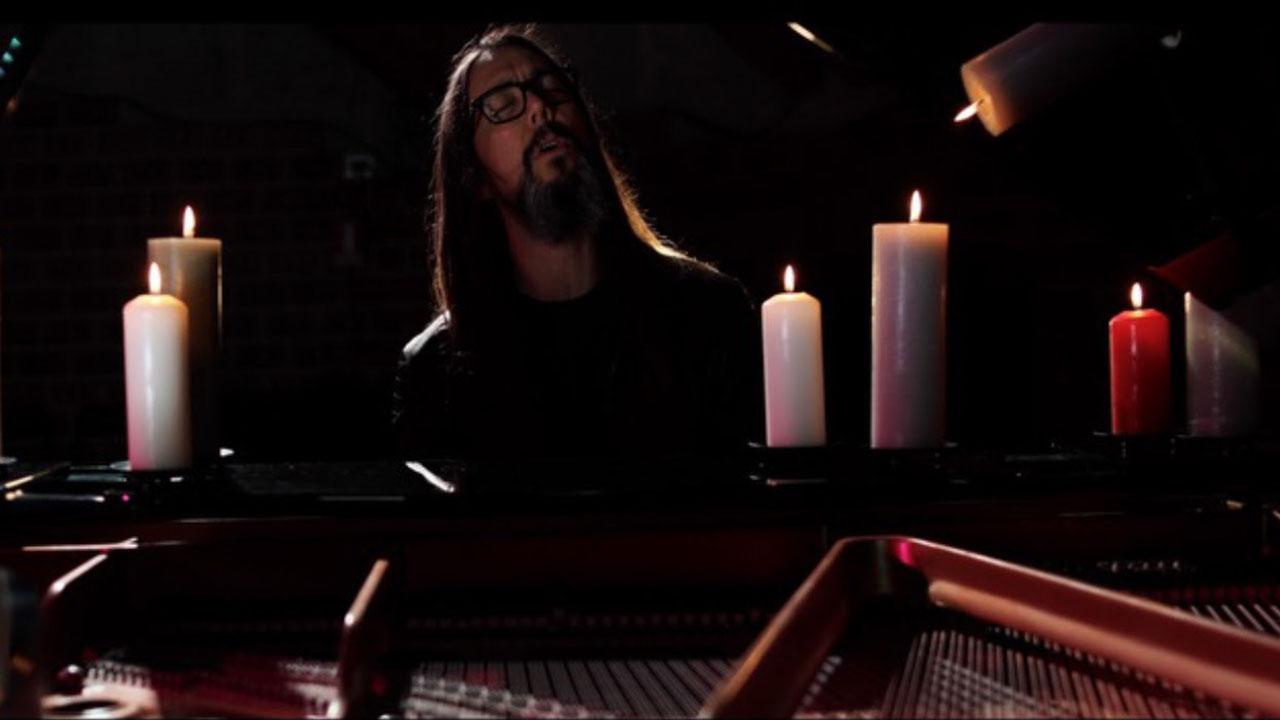“They didn’t understand how important image was – they started the thing about us being academic geeks. It really hurt us”: The Zombies on living large, inheriting the Beatles’ studio and staff, and being prisoners in a concert hall
Colin Blunstone and Rod Argent look back on finding fame in their teens and experiencing the highs and lows of the music industry over six decades

After finding fame as teenagers with the massive hit single She’s Not There, The Zombies members Rod Argent and Colin Blunstone embarked on a trailblazing career both together and apart. In 2016, soon after the release of sixth album Still Got That Hunger (and before Argent’s retirement in 2023), the pair told Prog about the Zombies’ life and times.
The Zombies were a beat combo with a difference. Their very first single, 1964’s million-selling US No.1 She’s Not There, evinced a melodic ambition every bit the equal of the Fab Four’s. Their 1968 album Odessey And Oracle was a significant leap forward. Recorded throughout 1967 at Abbey Road, with liberal doses of the Mellotron left behind by John Lennon after The Beatles completed Sgt. Pepper’s Lonely Hearts Club Band, it may have been received indifferently on its release and a commercial flop, but it has since gained the status of a classic.
With its suitably autumnal tone as the Summer Of Love drew to a close, it now regularly makes it onto the ‘Best Albums of All Time’ lists and is regarded as one of the records that helped expand the ambit of what could be achieved with a long-playing record in terms of daring arrangements and sectional song structure.
Odessey is viewed as a landmark in the development of progressive music, alongside those other heady, baroque masterpieces Sgt Pepper, The Beach Boys’ Pet Sounds and Love’s Forever Changes. It’s perhaps a stretch to suggest that you can draw a straight line from Odessey to, say, Genesis’ Foxtrot or Yes’ Close To The Edge, but it pushed the boundaries of what could be achieved in a studio as purposefully as The Moody Blues’ Days Of Future Passed, Procol Harum’s Shine On Brightly, Family’s Music In A Doll’s House and Caravan’s Caravan.
Definitive breathy-voiced lead vocalist Colin Blunstone’s prog credentials are considerable – he has worked extensively with The Alan Parsons Project – while singer, songwriter and pianist Rod Argent’s are unarguable. Rick Wakeman has described his solo on the 1972 single Hold Your Head Up (Top 5 on both sides of the Atlantic) by his prog-leaning band Argent as the greatest ever, while Keith Emerson declared Argent to be his favourite rock keyboardist.
“I guess I am pretty dextrous,” muses Argent, who sang in the cathedral choir at school in St Albans, which he attended alongside future Zombies guitarist/backing singer Paul Atkinson and drummer Hugh Grundy – as well as Tim Rice and Stephen Hawking.
He describes himself as self-taught, adding with a laugh: “Sometimes I feel like a complete charlatan. But at St Albans I had a great all-round musical education and fantastic exposure to all sorts of music, from Bach to modern classical. It wasn’t until I heard Elvis in 1956 that I liked anything but classical music.”
Sign up below to get the latest from Prog, plus exclusive special offers, direct to your inbox!
The Zombies were still in their teens when they had a worldwide smash with She’s Not There. It made them British Invasion stars in the States, where they were invited to be part of a series of shows at New York’s Brooklyn Fox Theatre during the Christmas of 1964, the sole UK rockers (give or take The Nashville Teens) on a bill alongside such names as The Drifters, The Shirelles, The Shangri‑Las, Patti LaBelle & The Bluebells and Dionne Warwick.
There, the band performed amid screaming and generally frenzied scenes. “We were 19 and scared,” recalls Argent of the hysteria inside and outside. “Eight years earlier I’d been listening to Elvis and he was like someone from an alien planet. Now here we were in the land of Miles Davis and Elvis, Jerry Lee Lewis and Ray Charles… It was a magic world to us.
“We had to do eight shows a day right through to 11pm. We were imprisoned in the theatre all day because if we stepped outside we risked getting everything, including our hair, ripped off. It was crazy.”
Blunstone remembers Grundy riding onstage on a Harley-Davidson motorcycle to signal the start of The Shangri-Las’ Leader Of The Pack. He also recalls Paul Atkinson (who died in 2004) getting smothered to within an inch of his life by over-zealous fans when he briefly stepped outside the stage door.
“He had his shirt pulled off and got pushed against a plate-glass window – the police had to come and get him out of the crowd and made it clear they wouldn’t do it again. Ironically, by the end of the final show, most of the kids had gone home and we could take the subway back to the hotel. People couldn’t believe it was us – we had the national No.1 record at the time.”
It’s a dream to be 19 in America and successful with all these lovely girls wanting to know us. So of course we didn’t lead a monastic life
Rod Argent
According to Argent and Blunstone, The Zombies didn’t quite deserve their reputation as being rock’n’roll’s goody‑two‑shoes band. “That’s all rubbish,” says Argent. “It’s a dream to be 19 in America and successful with all these lovely girls wanting to know us. So of course we didn’t lead a monastic life. None of us went off the rails – we always drank quite a lot but nobody had a drink problem. The whole drug thing started to come in around the making of Odessey, things like LSD and more powerful substances. I was never attracted to it, although I never condemned anybody else doing it.”
As Blunstone explains, The Zombies’ clean-cut image was a total fabrication on the part of their label Decca’s press department. “They didn’t understand how important image was – only bands like the Stones and The Who did,” he says. “It was Decca in their infinite wisdom who started the whole thing about us being academic geeks. It really hurt us. People want bands to be wild, pirates, vaguely gangsterish.”
Blunstone even remembers someone unmentionable from their mid-60s US tour entourage being caught with a handgun on a bus and left at the side of the road for their sins. Then there’s the story, from later in their career, when a Zombies diehard took against a Zombies tribute act that fans – and the original band – disliked. On Blunstone et al’s behalf, he stormed into their dressing room and demanded that they cease and desist. The fact that he was brandishing a revolver made it hard for the hapless impersonators to argue.
The Zombies returned from being hailed as heroes in America – and the Philippines – to work on their meisterwerk, “literally picking up where The Beatles left off with Sgt Pepper”, as Blunstone puts it.
“We recorded Odessey without a producer, with mostly Chris White and Rod doing production,” he relates. “We were fortunate to get Abbey Road on our minuscule budget, for about £1,000, and us being on CBS at that point, not EMI. Anyway, The Beatles finished Pepper – literally, as they walked out, we walked in. There was a lot of percussion left on the floor, and John Lennon’s Mellotron, which was used extensively on Odessey. We also had the same engineers as them: Peter Vince and Geoff Emerick. They’d made a lot of advances on Pepper and we were fortunate enough to be able to use them on Odessey”
Incredibly, given the album’s repute these days – cited as a landmark by everyone from Paul Weller to Beck and Dave Grohl, and sampled by Eminem – Blunstone was back working in an office before it was even released, having quit the music business due to an apparent lack of interest on the part of the public (only one of The Zombies’ singles subsequent to She’s Not There – Tell Her No – charted in the UK).
Pat Metheny said, ‘You made me feel there was a way ahead, all that modal stuff.’ I said, ‘What modal stuff?’
Rod Argent
“You’d think we’d have stayed together for Odessey but we didn’t,” says Blunstone, who admits to feeling devastated at the band’s untimely demise. “There were three non-writers – Hugh, Paul and myself – in the band so we didn’t have any royalties coming in and we didn’t make much on the road. Chris and Rod’s financial situation was totally different to ours, but we had no choice.”
In 1969, an Odessey track, Time Of The Season, belatedly reached No.1 in the States. A cover version of She’s Not There by Blunstone – under the alias Neil MacArthur – was a modest hit, and so he was enticed back, with input from assorted Zombies and Argent members. Argent and White produced Blunstone’s 1971 solo debut album of wistful, ornate acoustica One Year, while Argent’s Russ Ballard (God Gave Rock And Roll To You/Since You Been Gone) penned Top 30 single I Don’t Believe In Miracles. There followed a tenure with Elton John’s Rocket label, with most of Toto as his backing band, as well as collaborations with Alan Parsons, most notably on the exquisitely sorrowful Old And Wise.
“It was quite advanced harmonic territory for Colin to sing over,” notes Argent, the string arranger for those early Blunstone albums. “My favourite tracks are the ones with the string quartet, quintet or sextet. Misty Roses is in a Bartók string quartet style. It’s pretty avant-garde stuff.”
Meanwhile, the music he was making at the same time with Argent was pretty prog. “It was, yeah,” he agrees, although after a while he and Ballard were pushing in different directions. Asked whether he was a prog musician in a rock’n’roll band, he replies, “To a certain extent. But for a while it worked. The long solo in Hold Your Head Up is a very good example of that – there are some pretty avant-garde jazz intervals in that, and yet the song was huge commercially. When I first met Pat Metheny, he said, ‘You made me feel there was a way ahead, all that modal stuff.’ I said, ‘What modal stuff?’”
Argent subsequently provided orchestration for TV films, produced Tanita Tikaram and Nanci Griffith, worked with Phil Collins on 1978’s Moving Home solo album and recorded a classical piano record, Rod Argent Classically Speaking, on which he tackled Chopin, Ravel, Bach and Grieg, as well as three of his own original compositions.
Since 2004 there have been three new Zombies albums, the most recent being 2015’s very fine Still Got That Hunger – an album that featured in end-of-year polls in both Classic Rock and Prog – with a sleeve courtesy of Odessey designer Terry Quirk (the art teacher who originally misspelled the word ‘Odyssey’ on the original).
I thought it’d be a wonderful two-year adventure, that I’d travel the world with my pals, playing the music I loved
Colin Blunstone
“I’m very proud of it,” says Argent of the new album, which was recorded in the old way – live, with all the musicians together in one room. “I don’t think there are many people of our vintage still holding the same values and trying to work with the same energy as we were 50 years ago.”
“It’s been a lifetime career,” sums up Blunstone, striking a wistful note. “I had no idea that option would be available. I thought it’d be a wonderful two-year adventure, that I’d travel the world with my pals, playing the music I loved. But look at me still here after 50, and the adventure’s still going.”
Paul Lester is the editor of Record Collector. He began freelancing for Melody Maker in the late 80s, and was later made Features Editor. He was a member of the team that launched Uncut Magazine, where he became Deputy Editor. In 2006 he went freelance again and has written for The Guardian, The Times, the Sunday Times, the Telegraph, Classic Rock, Q and the Jewish Chronicle. He has also written books on Oasis, Blur, Pulp, Bjork, The Verve, Gang Of Four, Wire, Lady Gaga, Robbie Williams, the Spice Girls, and Pink.




